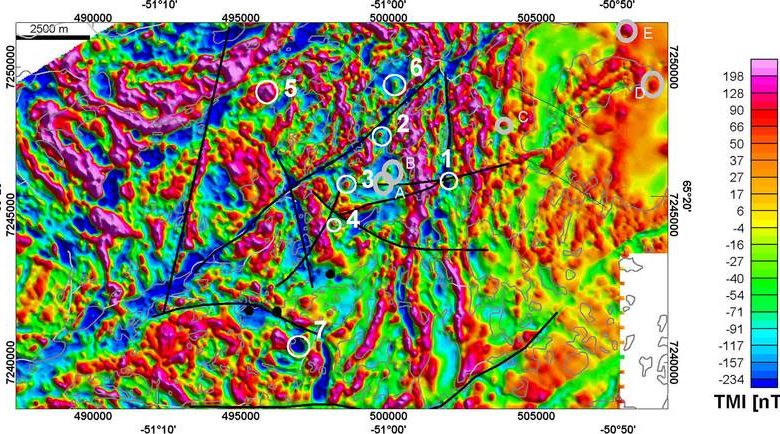All Categories
Featured
Table of Contents
Frequently Asked Questions in Boya Aus 2023
Much of the image consists of blank areas now with little or no radar reaction. The "courtyard" wall is still revealing strongly, however, and there are continuing ideas of a hard surface in the SE corner. Time slice from 23 to 25ns. This last slice is now nearly all blank, however a few of the walls are still revealing highly.
How deep are these slices? Unfortunately, the software I have access to makes estimating the depth a little challenging. If, nevertheless, the top 3 pieces represent the ploughsoil, which is probably about 30cm think, I would think that each slice has to do with 10cm and we are just coming down about 80cm in total.

Thankfully for us, the majority of the websites we are interested in lie simply listed below the plough zone, so it'll do! How does this compare to the other approaches? Contrast of the Earth Resistance data (leading left), the magnetometry (bottom left), the 1517ns time slice (leading right) and the 1921ns time piece (bottom left).
Geophysical Methods in Karrinyup WA 2023
Magnetometry, as discussed above, is a passive method measuring local variations in magnetism versus a localised no value. Magnetic vulnerability survey is an active technique: it is a procedure of how magnetic a sample of sediment might be in the presence of an electromagnetic field. Just how much soil is tested depends upon the size of the test coil: it can be really small or it can be relatively big.
The sensing unit in this case is really little and samples a tiny sample of soil. The Bartington magnetic susceptibility meter with a large "field coil" in use at Verulamium throughout the course in 2013. Top soil will be magnetically boosted compared to subsoils simply due to natural oxidation and reduction.
By measuring magnetic vulnerability at a fairly coarse scale, we can identify areas of human occupation and middens. Sadly, we do not have access to a trustworthy mag sus meter, but Jarrod Burks (who assisted teach at the course in 2013) has some outstanding examples. One of which is the Wildcat website in Ohio.
What Is Geophysics? in Greenwood WA 2021
These towns are typically set out around a main open location or plaza, such as this rebuilt example at Sunwatch, Dayton, Ohio. Sunwatch Village, Dayton, Ohio (image: Jarrod Burks). At the Wildcat website, the magnetometer survey had actually found a variety of features and houses. The magnetic susceptibility survey assisted, however, specify the primary location of occupation and midden which surrounded the more open area.
Jarrod Burks' magnetic vulnerability survey arises from the Wildcat site, Ohio. Red is high, blue is low. The method is therefore of excellent use in specifying locations of general occupation instead of determining particular features.
Geophysical surveying is a used branch of geophysics, which utilizes seismic, gravitational, magnetic, electrical and electro-magnetic physical methodologies at the Earth's surface to measure the physical residential or commercial properties of the subsurface - Geophysical Surveys As Landscape Archaeology in Leederville Aus 2023. Geophysical surveying methods normally measure these geophysical homes in addition to abnormalities in order to evaluate different subsurface conditions such as the presence of groundwater, bedrock, minerals, oil and gas, geothermal resources, voids and cavities, and far more.
Table of Contents
Latest Posts
Geophysical Survey In Archaeology in Samson WA 2023
Geology Careers: Degree Requirements, Cost & Salary in Subiaco Western Australia 2022
Geophysical Surveys: Definition & Methods in Armadale Western Australia 2022
More
Latest Posts
Geophysical Survey In Archaeology in Samson WA 2023
Geology Careers: Degree Requirements, Cost & Salary in Subiaco Western Australia 2022
Geophysical Surveys: Definition & Methods in Armadale Western Australia 2022